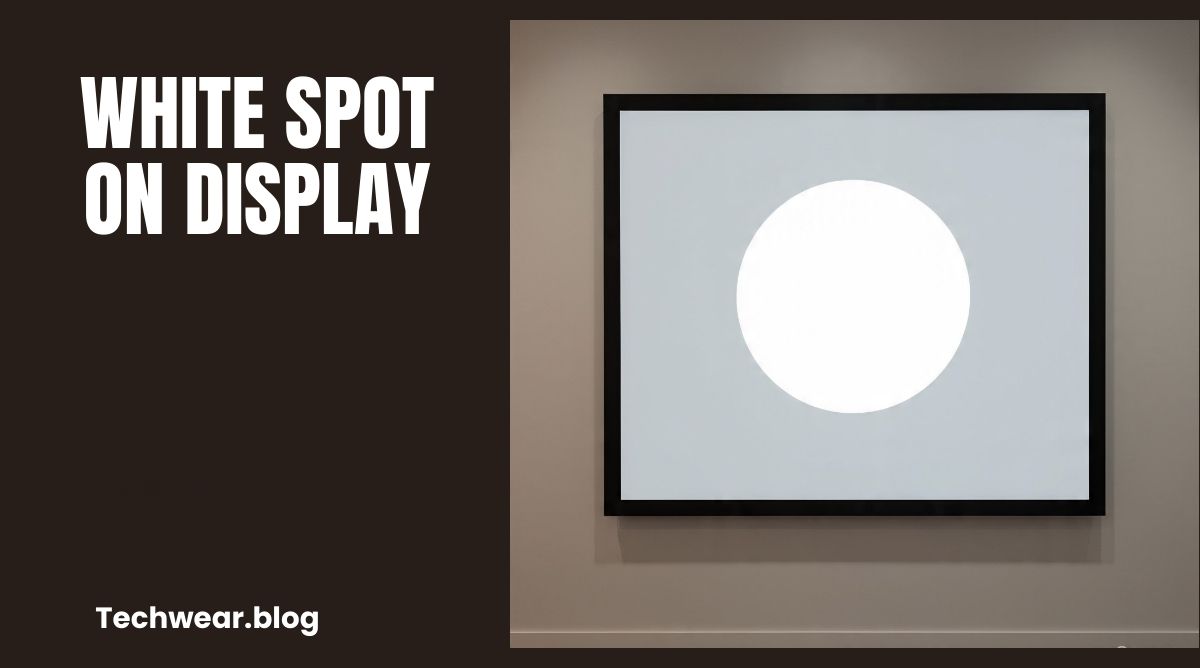In a world where people scroll through content at lightning speed, grabbing their attention isn’t just a creative challenge—it’s a survival skill. Today’s digital landscape is crowded, noisy, and relentlessly fast-paced. So how do brands rise above the clutter? One of the most powerful tools at their disposal is great advertising design.
Whether it’s a banner ad, a social media graphic, or a promotional poster, eye-catching design plays a huge role in making that crucial first impression. And the best part? With resources like free printable poster templates, even small businesses and creators can compete visually without massive budgets.
Let’s explore how advertising design works its magic, and what you can do to create visuals that stand out.
Why Attention is the New Currency
According to a 2023 report by Statista, the average person spends nearly 2.5 hours per day on social media alone. During that time, they’re bombarded with thousands of ads—so capturing even a few seconds of attention is a huge win. In fact, Microsoft research suggests that the human attention span has shrunk to around 8 seconds, meaning your content needs to make an instant impact.
That’s where advertising design comes in.
The Psychology Behind Effective Advertising Design
Great advertising design taps into basic human psychology. We’re wired to respond to certain visual cues. Here are a few principles that top-performing ads often use:
- Color Psychology: Different colors evoke different emotions. Red can create urgency, blue builds trust, and yellow grabs attention.
- Hierarchy & Contrast: Good layout leads the viewer’s eye. A bold headline followed by supporting visuals and copy creates a natural flow.
- Simplicity: Less is more. Clean, uncluttered designs often outperform busy, overloaded visuals.
- Faces and Emotion: Human faces—especially with strong expressions—tend to boost engagement and memory recall.
When you align your design choices with these principles, your ad is more likely to connect emotionally with viewers and be remembered.
Key Elements of Effective Digital Ad Design
1. Strong Visuals
Your images need to pop, even on small screens. Use high-resolution, relevant visuals that immediately communicate the message. If you’re designing for print or online ads, starting with free printable poster templates can give you a well-structured foundation to build from.
2. Clear and Compelling Messaging
Your headline is your hook. Keep it short, benefit-driven, and impactful. Supporting text should be minimal and actionable. Think of it as a billboard—less is more.
3. Consistent Branding
From font choices to logo placement, consistency helps build trust and recognition. Don’t use your ad as a place to experiment with off-brand styles.
4. Strong Call-to-Action (CTA)
Every ad should drive an action—click, visit, buy, learn more. Make your CTA stand out with color, placement, and concise language.
5. Mobile-First Design
Since most ads are viewed on mobile devices, design with that in mind. Use large fonts, vertical layouts, and avoid tiny elements that require zooming.
Examples of Great Ad Design in Action
• Spotify Wrapped Campaign
Spotify turns user data into personalized visual stories. These vibrant, minimalist designs get shared widely—turning users into promoters.
• Nike Social Media Ads
Bold colors, high-contrast type, and action shots create an emotional punch. Their ads are instantly recognizable.
• Airbnb Poster Series
Airbnb uses clean layouts and soft color palettes with striking imagery to promote experiences rather than properties, drawing emotional connections.
Tools and Resources to Elevate Your Ad Design
You don’t need to be a professional designer to make professional-looking ads. Here are a few helpful tools:
- Adobe Express – Offers templates, fonts, and stock images. Great for making custom digital and printable ads.
- Canva – Ideal for beginners with easy drag-and-drop features.
- Crello – Focused on animated ads and social formats.
Also, take advantage of free printable poster templates when creating offline materials. These templates help maintain visual structure and consistency while saving time and effort.
Final Thoughts
In the digital age, attention is fleeting—but good design is sticky. By focusing on visual storytelling, psychology-backed design principles, and consistent branding, you can cut through the noise and connect with your audience.
Remember, your ad only has a few seconds to shine. Make every pixel count. Use bold visuals, sharp messaging, and don’t hesitate to lean on resources like templates and design tools to elevate your creative output.
Because in today’s crowded marketplace, it’s not the loudest voice that wins—it’s the most visually compelling one.









